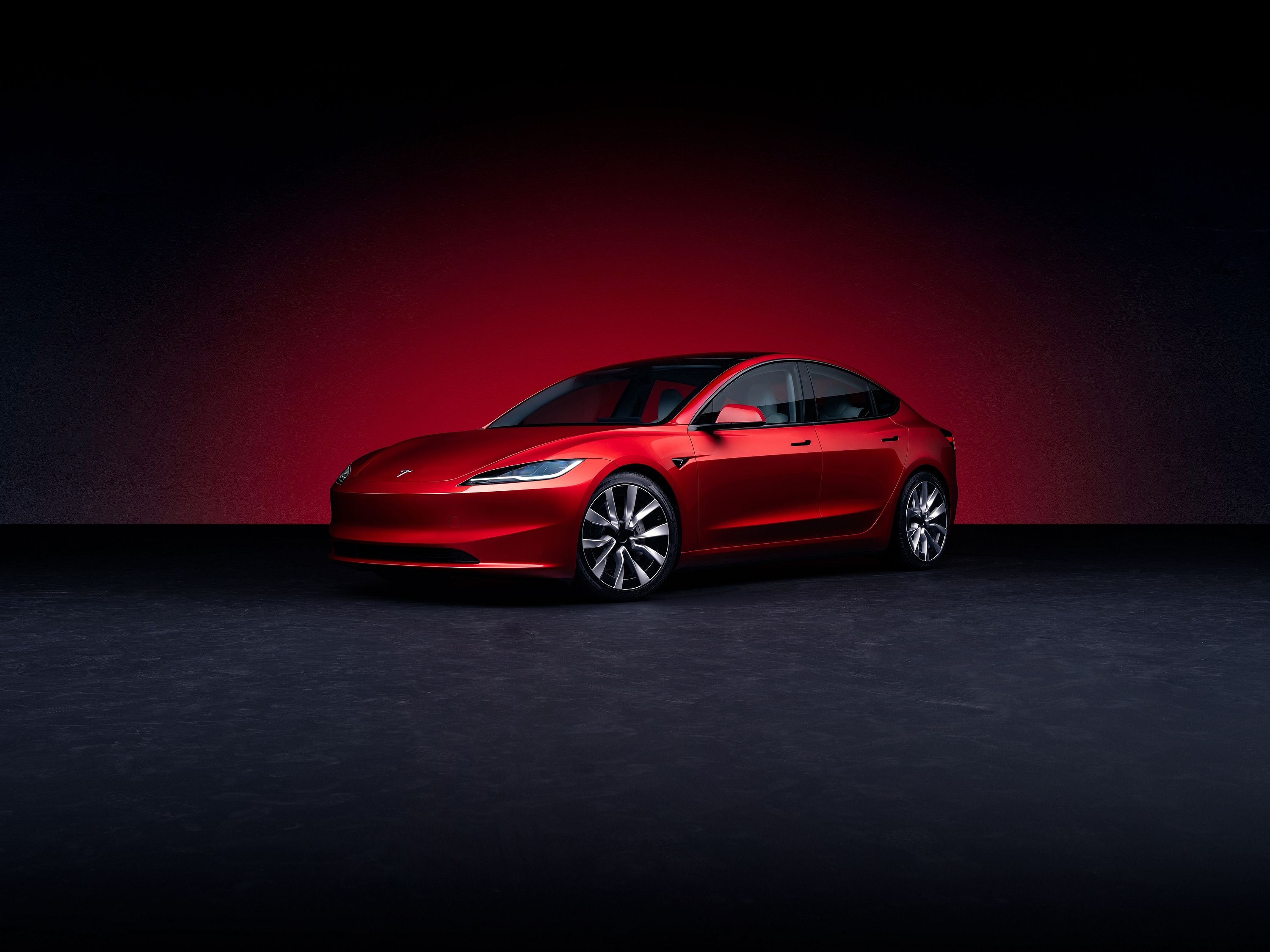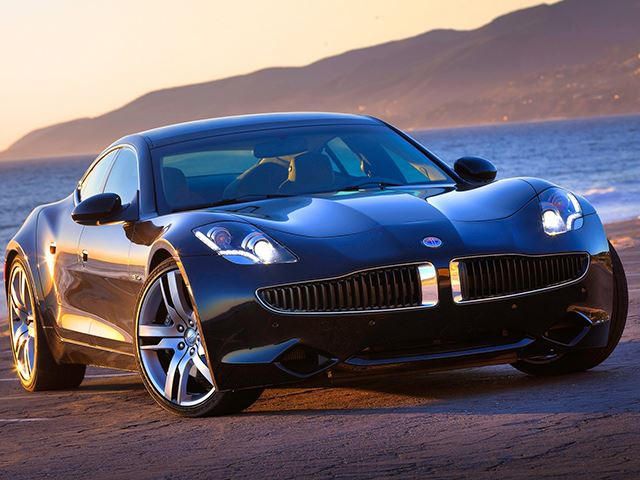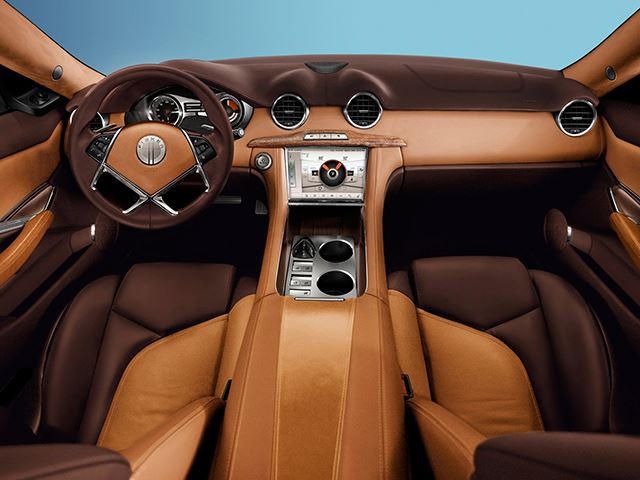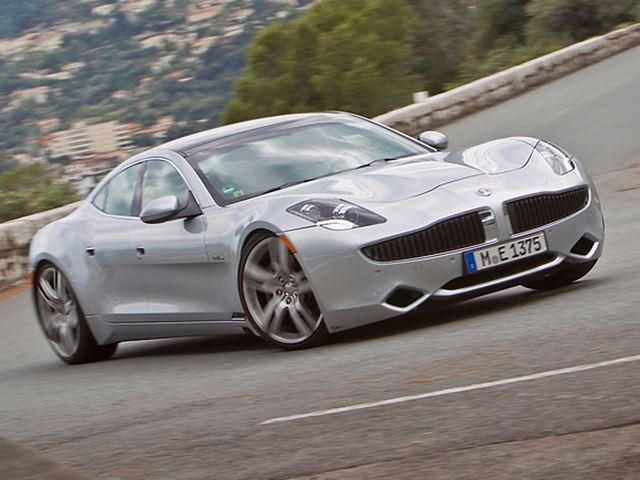
The resurgence of the Fisker brand is one of the many telling signs that the auto industry is about to change. With Tesla blazing trails by tapping into a demand that was previously left unmet, existing automakers and dreamers alike are finding the courage and the reason to step into the market. When Henrik Fisker announced that he was gearing up to satisfy this demand, we picked up the phone to see if we could get any information about how the vehicles would improve on what Tesla already offers.
The larger vehicle that's hogged the spotlight is confirmed to be a Model S competitor, and while many had speculated that the second budget EV would be a direct assault on Tesla's upcoming Model 3, that is not the case. "We want to spend the majority of our capital on the high-volume vehicle, and that high-volume vehicle, despite what's been said in the press, will not be the same type of car or in the same segment as the Model 3," says Fisker. "We're going for a lower price segment and a different type of vehicle segment," he added. What that segment is remains to be known, but in either case we can be sure the vehicle will be practical for daily use.
It will likely marketed to the masses as a quality EV that's attainable to those who can't afford a Model 3. Despite Fisker's optimism, the challenges are present. Fisker made mention that moving from low volume manufacturing to high volume production poses a huge challenge. "What Fisker came to this planning to do is to partner up with a large global OEM and share a battery, platform, and manufacturing," said Fisker. Given the challenges Tesla faces in expanding production capacity to fill nearly half a million Model 3 orders, Fisker sees partnership with an experienced brand that has spent decades refining its production methods as the easiest way to join the ranks of the heavyweights.
If Fisker's graphene batteries end up being as revolutionary as they are claimed to be, then it's easy to imagine OEM manufacturers willing to strike a deal for the technology. Potential (or solidified) partners have not been announced, but some parties that would be interested in new battery technology include Fisker's ex employer BMW or the company his buddy Bob Lutz used to run, GM. We'll have to wait until midway through 2017 to hear more about the low-volume Fisker car. Following that reveal, we should expect new details about the high-volume bargain EV dispensed in bite-sized quantities similar to the ones Fisker is currently feeding us. No mention on whether the smaller Fisker will get full autonomy like its bigger brother.



